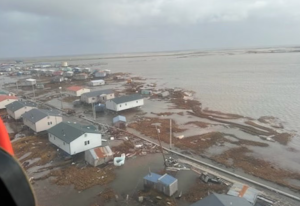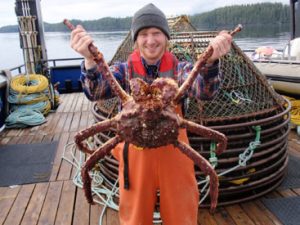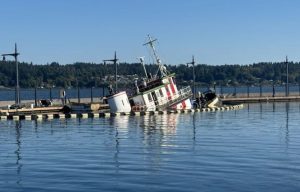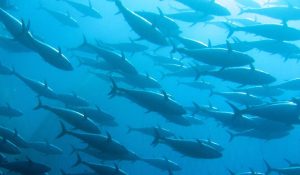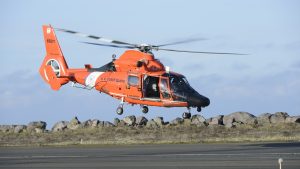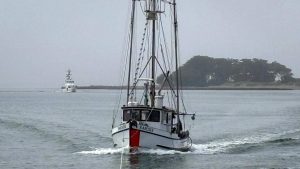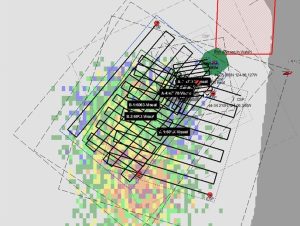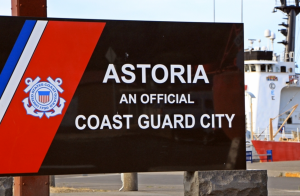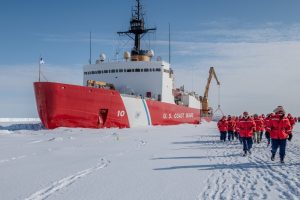 The waiver of the Jones Act which allows Finland to construct four Arctic Security Cutters for the U.S. Coast Guard represents a significant point at which Arctic geopolitics, fishing rights, and maritime policy intersect. This crucial decision highlights the challenges arising from longstanding protective laws and the conditions presented by the rapid changes to the Arctic Ocean.
The waiver of the Jones Act which allows Finland to construct four Arctic Security Cutters for the U.S. Coast Guard represents a significant point at which Arctic geopolitics, fishing rights, and maritime policy intersect. This crucial decision highlights the challenges arising from longstanding protective laws and the conditions presented by the rapid changes to the Arctic Ocean.
As Arctic sea ice recedes to record lows each year, previously inaccessible areas are opening to human economic activity which include commercial fishing in waters once covered by permanent ice. The Arctic region also contains approximately 13 percent of the world’s oil, about a third of the world’s natural gas, and rare earth minerals on the sea floor. Warming waters, shifting fish migration patterns, and longer ice free seasons are driving commercial fishery growth in areas like the U.S. Arctic Exclusive Economic Zone, as fish ranges expand into the newly exposed central Arctic Ocean.
The Merchant Marine Act of 1920, commonly known as the Jones Act, requires that ships operating between U.S. ports must be American built, flagged, and crewed. Originally devised to bolster the Merchant Marine fleet after the First World War, the Jones Act has become the support system for domestic commercial shipbuilding. However, this measure has created some obstacles for Arctic operations.
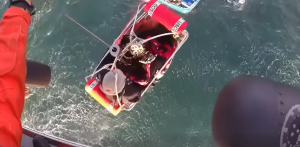 On Monday, November 17, 2025, four individuals were rescued near Grays Harbor, Washington, after their vessel began taking on water and was reportedly sinking.
On Monday, November 17, 2025, four individuals were rescued near Grays Harbor, Washington, after their vessel began taking on water and was reportedly sinking. Maritime Injury Law Blog
Maritime Injury Law Blog



